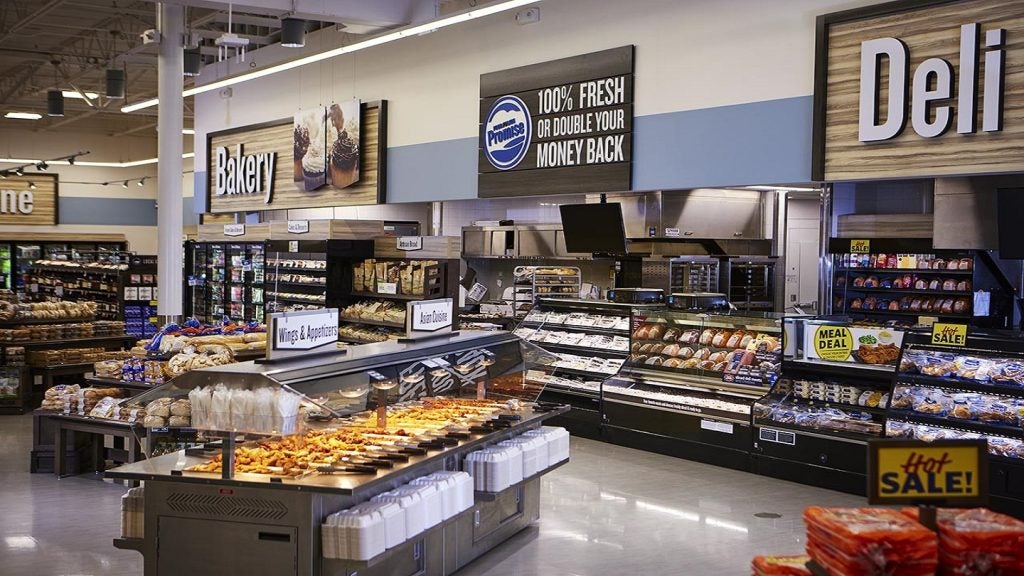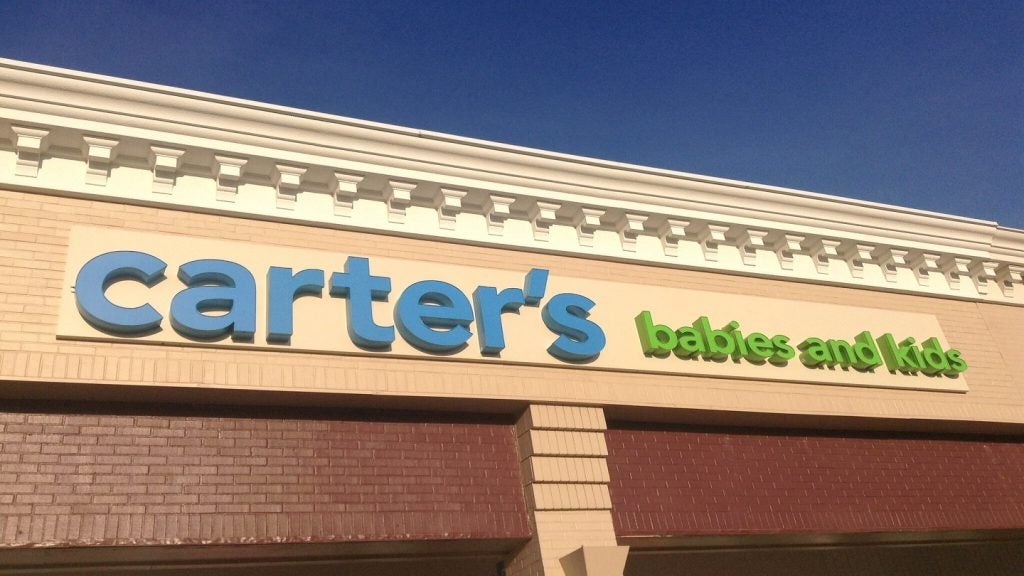In this day and age, eCommerce is a presence that both major and minor retailers find difficult to ignore.
GlobalData estimates that the global Business-to-Consumer (B2C) eCommerce market size will be valued at $6.5tn in 2023 and is expected to grow at a compound annual growth rate (CAGR) of 9.1% by 2026.
To get a piece of this pie is easier said than done, requiring significant investments in technology and operational upheavals.
Chief digital officer Julie Austin from eCommerce consultancy Everymile discusses the challenges of eCommerce and how retailers can outsource operational aid.
What makes eCommerce difficult in comparison to brick-and-mortar retail?
“Finding the right people is the biggest challenge. From conversations with senior business leaders, over 70% cite a lack of expertise as being their biggest barrier to online growth. It takes a village of diverse skill sets to run a successful eCommerce operation – think marketing experts, technologists and logistics professionals just to name a few.
“On top of that, cultivating long term customer relationships outside of a simple value exchange is much harder online. The one-to-one connection that store associates can foster in a brick-and-mortar shop is very difficult to replicate.
“Ensuring that sales and profit are linked is essential amidst these complexities. It’s too easy to chase deceptive KPIs, driving short-term revenue but neglecting sustainable growth for the brand.”
Is it at all possible for retailers to ignore eCommerce altogether in this digital age?
“It’s possible for brands to decide against online retail – but that isn’t a green light to shun ones’ digital footprint altogether.
From a customer's maiden Google search to their store location check and engagement with the brand’s content across channels, understanding their intent is paramount. Each touchpoint represents an opportunity to meet them exactly where they need the brand to be.
Especially when in a decade, consumers predict an overwhelming 64% of their spending will shift to online platforms, and more than half (56%) are craving a seamless blend of digital and physical channels, longing for an effortless switch between these channels. This digital infatuation isn't solely transactional, as online sources are the main source of inspiration for 64% of consumers, reshaping not just the how, but the why behind their purchasing decisions.
“Ultimately, eCommerce is part of the overall food chain. While it could ultimately be avoided, it is a strong driver of customer growth and a way to bridge a brand’s virtual and physical presence.”
What are the benefits and limitations of retailers outsourcing operational help?
“Finding a partner that fits with one’s organisational culture and structure is essential as there is no ‘one-size-fits-all’ solution. Outsourcing opens the door for fresh perspectives on day-to-day and strategic thinking, taking a brand outside its comfort zone to rethink the status quo.
“The relationship built during the onboarding process is the most important. Leaders need to help new partners understand their business’ DNA and non-negotiable principles to lay the foundations for success. Whether it’s a long-term partnership, full outsourcing or just a report or audit, it’s important to draw these lines from the start to set expectations and clarify roles.”















